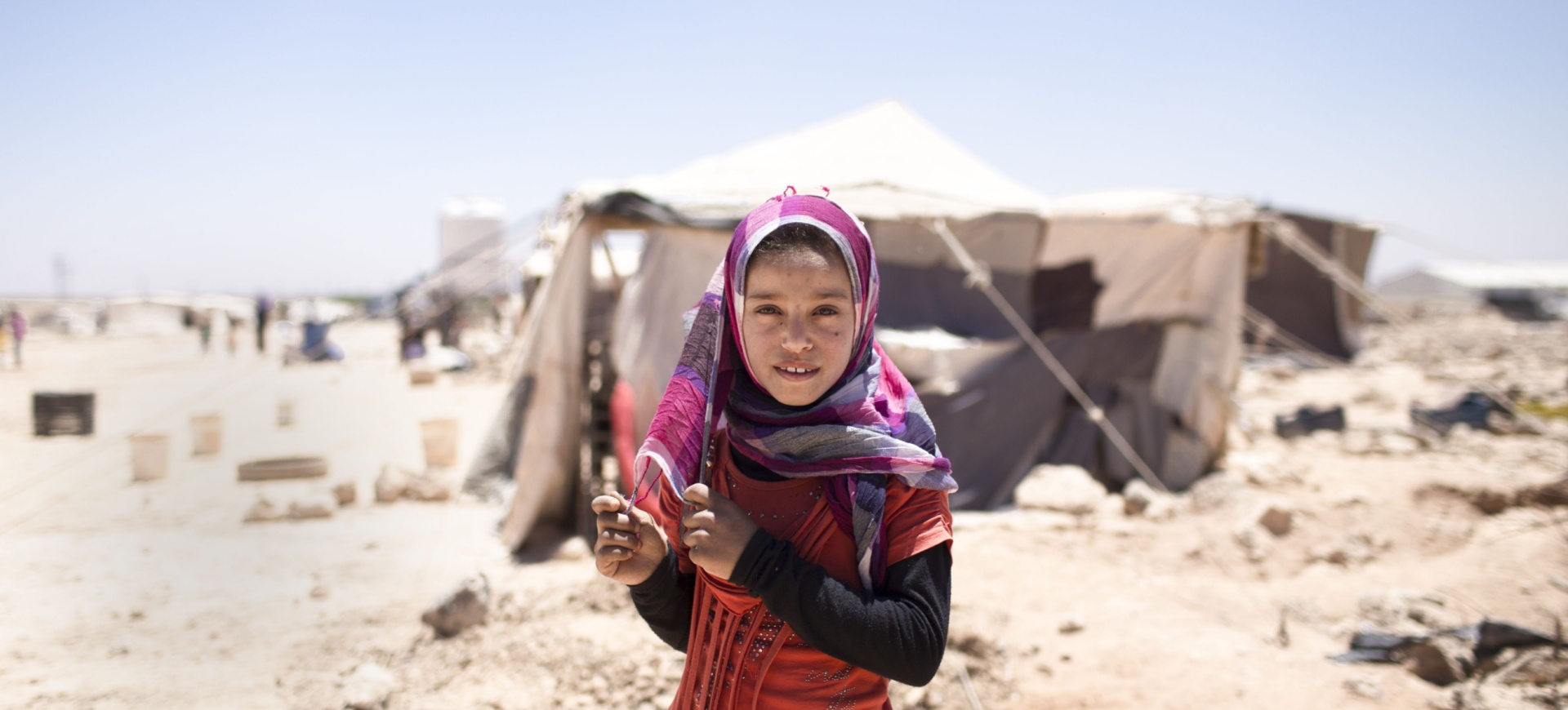G7 performance on gender equality
Gender inequality persists, and existing disparities are being exacerbated. Only decisive action can mitigate the impacts of global events on women and girls around the world, and the G7 must improve upon its below-average performance in this area
Despite consistent attention to gender equality in G7 communiqués since 2001 and many ambitious commitments from G7 leaders, gender inequality persists. Existing disparities are exacerbated by escalating crises such as climate change and conflict, including in Gaza where at least 9,000 women have been killed since October and almost one million women and girls have been displaced from their homes. When the G7 leaders convene in Apulia, the urgency to address these issues is more pronounced than ever. The G7 must act decisively to end the violence in Gaza and mitigate the impacts of ongoing conflicts on women and girls worldwide.
Conclusions
G7 leaders first addressed gender equality in 1990, but did not do so consistently until 2001. Their attention steadily increased from 2013 until 2019. It was entirely absent in 2020 but reappeared at all G7 summits since. Communiqués averaged 863 words on gender equality at each summit, for 6% of the total words from 1975 to 2023.
The most attention came in 2017 and 2018. The 2017 Taormina communiqué contained 3,888 words (45%) and this increased in 2018 at Charlevoix to 5,086 words (45%), which was the most extensively mainstreamed amount. The 2023 Hiroshima communiqué contained 4,291 words (14%).
In 2016 the G7 began releasing standalone documents on gender equality, and issued two in 2018 and three in 2019. They included statements on improving education for women and girls in developing countries and on ending gender-based violence in a digital context, and the Biarritz Partnership on Gender Equality. This practice stopped in 2020.
Commitments
From 1975 to 2023, the G7 made 428 public, collective, precise, future-oriented, politically binding commitments on gender equality, accounting for almost 6% of the total identified by the G7 Research Group. Most were made between 2015 and 2018. Earlier, most related gender to other subjects at their core, including addressing HIV/AIDS, improving maternal and child health, and improving educational outcomes for girls in Africa. Gender equality itself became the focus in 2015, with 34 (9%) commitments, 48 (14%) in 2016 and 71 in 2017 (39%). In 2018, at Charlevoix, the G7 made a record 82 (26%) commitments on gender equality. In 2019 this dropped significantly to 17 (24%) and then to zero in 2020. There were 30 (7%) made in 2021 at Cornwall, 32 (6%) in 2022 at Elmau and 53 (8%) in 2023 at Hiroshima.
Compliance
G7 members averaged 72% compliance with these gender commitments, based on 49 assessments by the G7 Research Group – slightly below the 77% average across all subjects. By December 2023 compliance with the one gender commitment made at Hiroshima in 2023 was 81%.
The gender commitments with the highest compliance focused on health, including improving maternal, newborn and child health outcomes and promoting access to education for girls, and commitments that invoked legal action or the protection of human rights. Commitments with the lowest compliance focused on supporting refugee and internally displaced women and girls affected by conflict and disaster, and commitments on gender-based violence.
The highest compliance came on commitments made in 2021 and 2002 with 100% each, in 2013 with 95%, in 2018 with 93%, in 1996 with 92%, in 2022 with 88% and in 2014 with 86%. The lowest compliance came with commitments made in 2011 with 45% and in 2016 with 47%.
The highest complying G7 member is Canada at 87%, followed by the United Kingdom at 85% and the European Union at 78%. In the middle are Germany at 86%, the United States at 75% and France at 69%, followed by Japan at 64% and Italy at 50%.
Causes and corrections
The highest complying summits, averaging 90%, had a high degree of internal G7 institutional support: they coincided with two ministerial meetings on gender equality and the creation of two of the five gender-related official and multi-stakeholder bodies, including the Gender Equality Advisory Council. The lowest complying summits, averaging 62%, came on commitments made in years when only one such ministerial meeting took place.
The highest complying summits also dedicated a larger percentage of their communiqués – on average 16% – to gender equality. This compares to the 12% average for the lowest complying summits.
Core gender commitments average 70% compliance. Gender-related commitments average 75%; those with the highest compliance link gender equality to health, specifically to maternal and newborn health, AIDS, and reproductive health. Commitments with the lowest compliance lack specificity but commit to support gender equality and women’s empowerment broadly.
The presence of compliance catalysts, such as text on how to implement a commitment, generally improves compliance. Gender commitments with embedded catalysts average 75% compliance, while commitments with none average 70%. The catalysts that coincide with the highest compliance refer to an implementation target, a G7 body, invoke legal instruments or mobilise a certain financial amount.












